Retro Replay Review
Gameplay
Hyperspeed adopts a familiar framework from the pioneering Elite series, blending open-ended space exploration with trading, diplomacy, and dogfighting. Players begin with a modest starfighter and a handful of credits, then chart a course across four distinct star clusters of increasing danger. Each region presents unique alien species, market conditions, and ambient hazards, ensuring that every jump into hyperspace brings fresh challenges.
Trading forms the backbone of progression. Commodities range from simple raw materials like minerals and water to rare alien artifacts coveted by certain civilizations. Successful merchants must learn supply and demand curves, timing their routes to capitalize on skyrocketing prices. Parallel to commerce, diplomatic prompts force players to balance negotiations, offer gifts, or threaten force, with each choice carrying consequences for reputation and future access to lucrative trade lanes.
Combat remains brisk and responsive, pitting the player’s ship against marauding pirates and territorial aliens. Customizable loadouts allow you to swap out beam lasers for missile banks, upgrade shields, and fine-tune engines for nimble evasion. Dogfights demand a blend of strategy and reflexes: you’ll need to manage power to engines or weapons mid-battle, deploying countermeasures and withdraw when overwhelmed. The tension of a close-quarters skirmish meshes well with the broader sandbox ambitions of the game.
Graphics
Hyperspeed’s visual presentation reflects the early ’90s era, with chunky wireframe models and basic shading schemes. Yet within these constraints, the game creates a surprisingly immersive cosmos. Starfields pulse with flecks of color, while distant nebulae provide muted backdrops that never feel static. The contrast between the cold emptiness of space and the neon glow of spaceports helps convey a sense of scale despite simplistic polygons.
Ship models are functional and distinct, making it easy to recognize a merchant cruiser from a pirate corvette at a glance. Cockpit instrumentation is clear and uncluttered: gauges for hull integrity, shield strength, and cargo hold status are laid out logically, minimizing the need to navigate deep menu trees in the heat of battle. Holographic radar sweeps and target reticules animate smoothly, guiding your maneuvers without obscuring vital information.
Though there’s little in the way of cinematic cutscenes, the art direction excels at atmosphere. Trading posts and planetary bases get unique color palettes and signage, lending each system an identity. Alien diplomats appear as stylized silhouettes during negotiations, their animated gestures adding personality in lieu of fully rendered character portraits. These touches elevate the overall visual experience beyond mere wireframe drifts.
Story
Earth has become nearly uninhabitable, and humanity’s survival hinges on finding a new world. Hyperspeed casts you as the chosen pilot, tasked with making first contact and securing colonization rights from a variety of alien races. This narrative framework imbues each cargo run and skirmish with narrative weight—your actions could determine whether humans end up as welcomed guests, unwitting pawns, or exiled pariahs.
Dialogue segments unfold in simple text boxes but are rich in lore. Alien factions reveal distinct cultures and values during negotiations, offering insight into their motivations. Some see humans as naive traders, others as expansionist threats. These interactions feel consequential: overstepping during a tense parley can spark hostilities that ripple across adjacent star clusters, while tactful diplomacy unlocks rare technologies and safe passage corridors.
Though the main quest is linear—find a habitable planet—the game encourages emergent storytelling. You might discover a rogue faction sympathetic to human advancement or stumble upon an ancient derelict holding secrets that shift galactic power balances. The blend of scripted milestones and procedurally generated encounters ensures that each playthrough weaves a slightly different tale.
Overall Experience
Hyperspeed offers a rewarding fusion of strategy, simulation, and narrative stakes. Its sandbox nature invites player creativity, whether you pursue a wealthy mercantile career, an ace pilot’s path, or a diplomatic envoy’s role. The steady progression through the four star clusters provides an intuitive difficulty curve, allowing newcomers to grasp trading mechanics before confronting the most hostile territories.
While the graphics may feel dated by modern standards, they serve the gameplay well without overstaying their welcome. The user interface remains intuitive, and load times between star systems are generally swift. Music and ambient sound effects enhance immersion, from the low hum of your engines to the blaring warnings of an incoming missile lock.
Ultimately, Hyperspeed stands out as a deep, engaging space sim that balances economic strategy with tense combat and meaningful diplomatic choices. It may not reinvent the genre, but its solid execution and narrative underpinnings make it an enduring title for anyone seeking to pilot humanity’s last hope among the stars. Potential buyers who relish open-ended gameplay with the occasional high-stakes showdown will find hours of enjoyment charting new frontiers in this stellar sequel.
 Retro Replay Retro Replay gaming reviews, news, emulation, geek stuff and more!
Retro Replay Retro Replay gaming reviews, news, emulation, geek stuff and more!
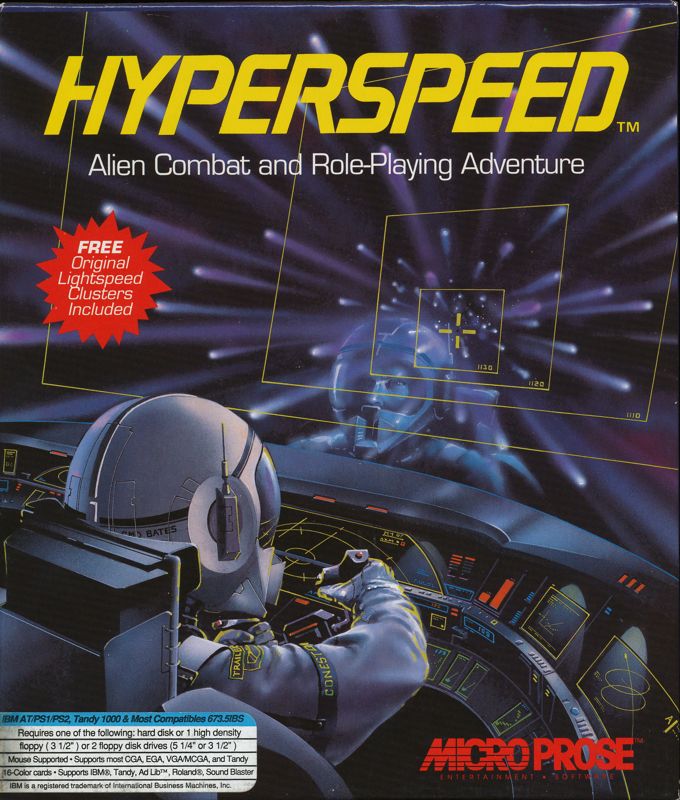
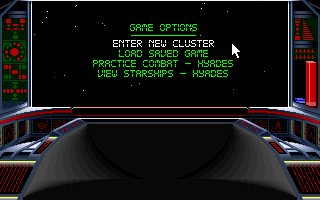
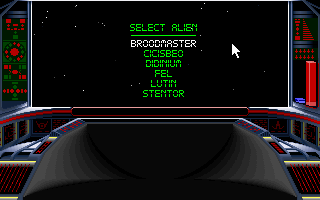
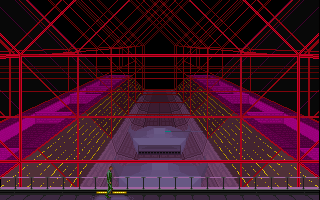

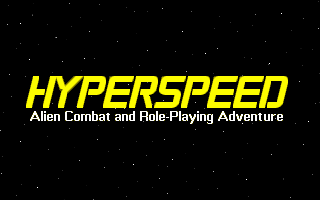



Reviews
There are no reviews yet.